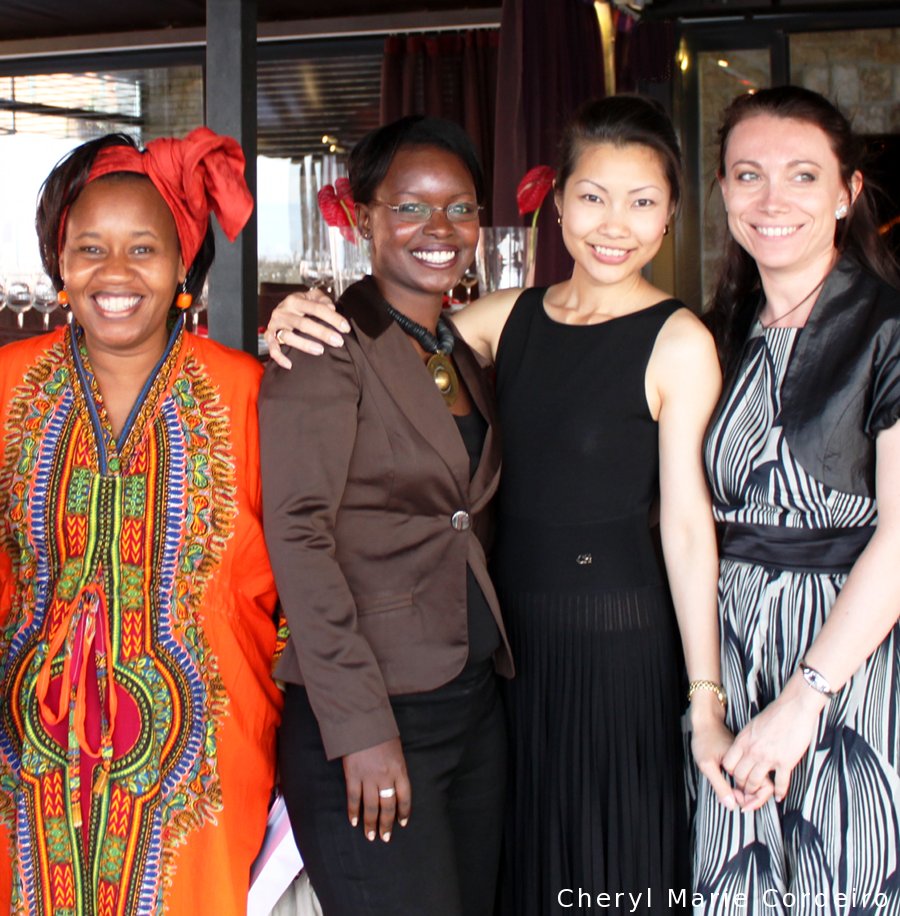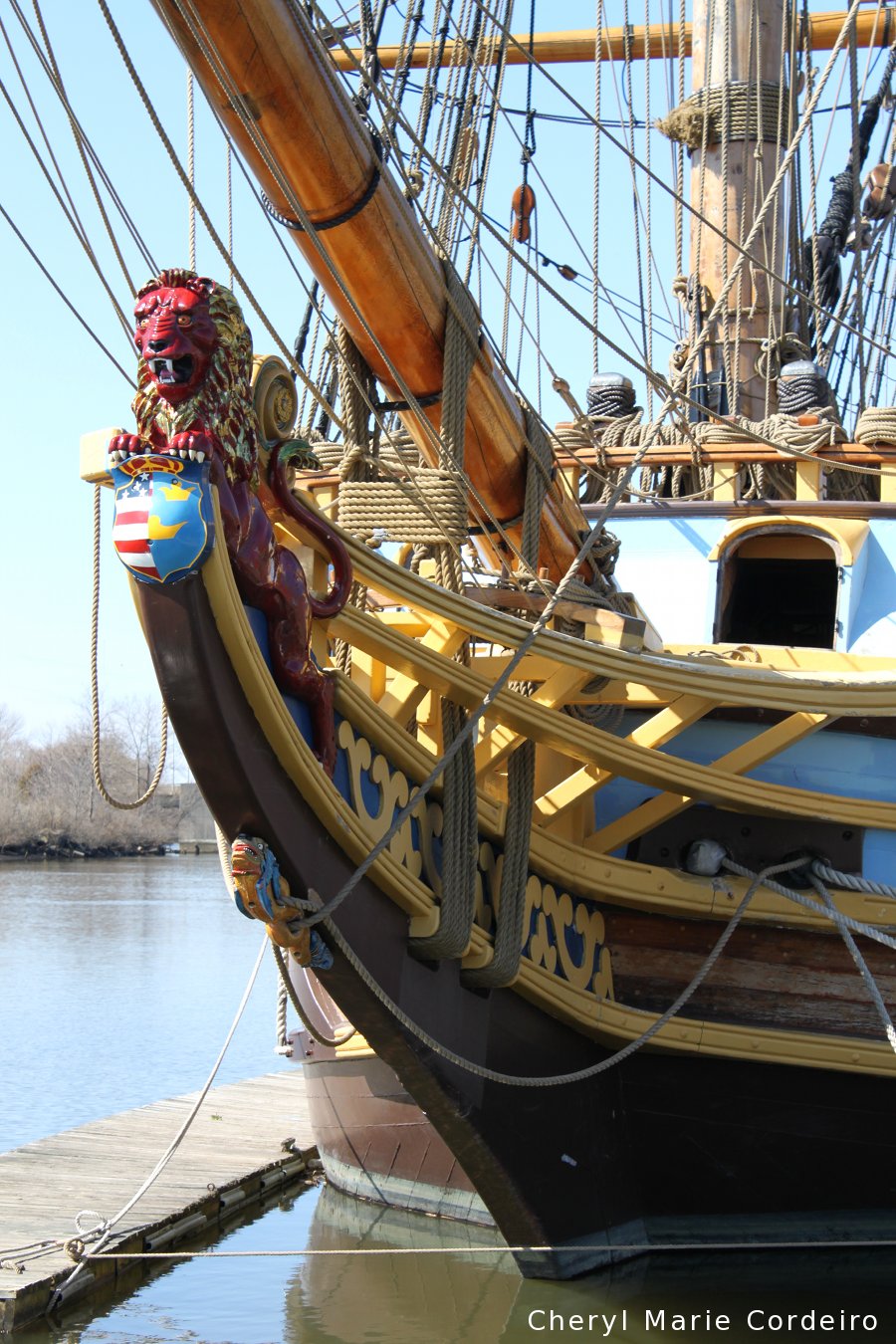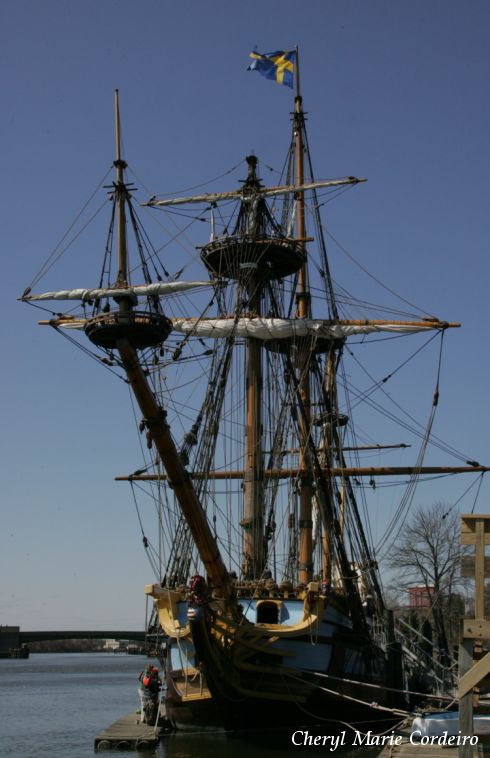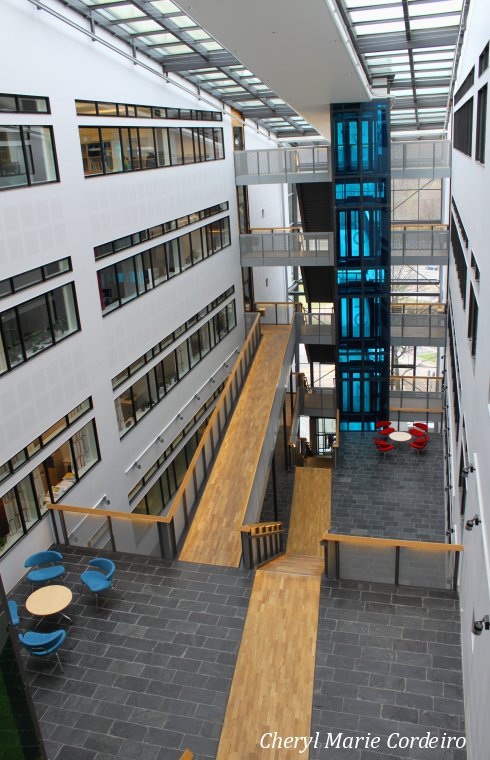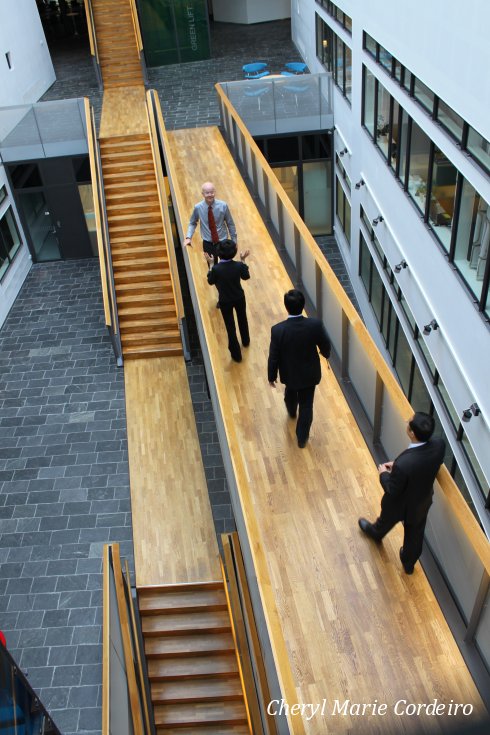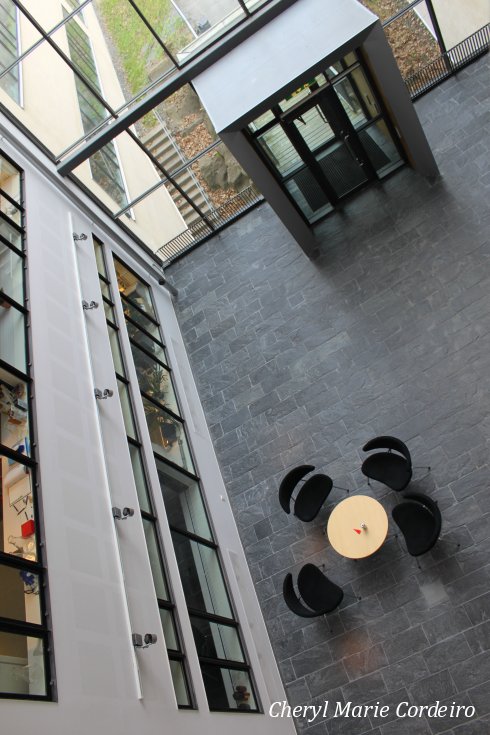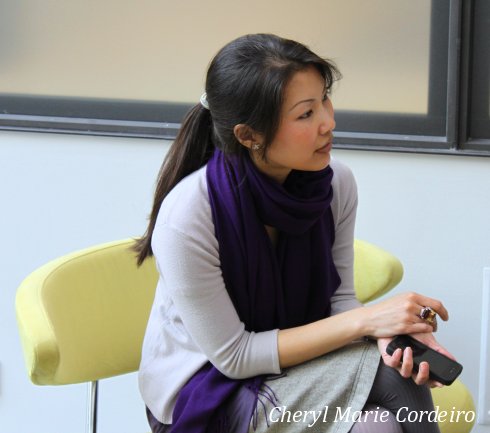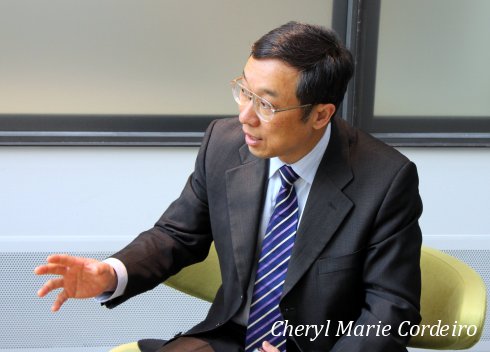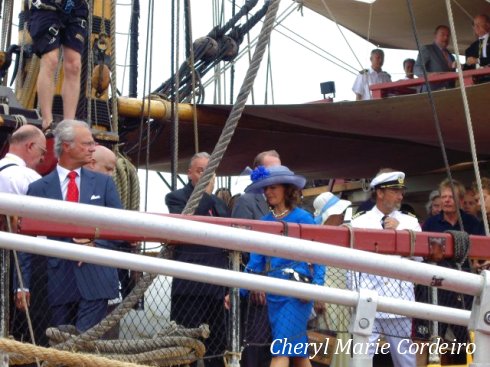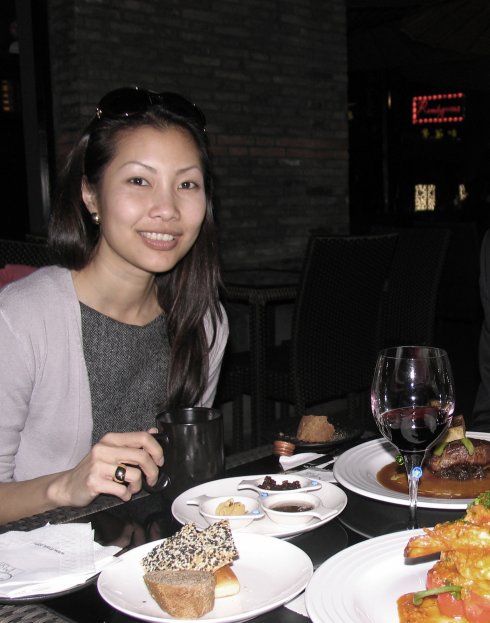
Dinner in Shanghai that is about ten hours by direct flight from Sweden.
Text and Photo © PO Larsson and CM Cordeiro 2012
Shanghai’s changing cityscape is reminiscent of the changing skyline of Singapore, where every time I visit I find myself looking at a skyline that is augmented in some manner especially in Lujiazui, which also most reminds me of the Singapore quiet in the Central Business District by Raffles Quay by night.
Continue reading ”China changing gears towards sophisticated luxury”
